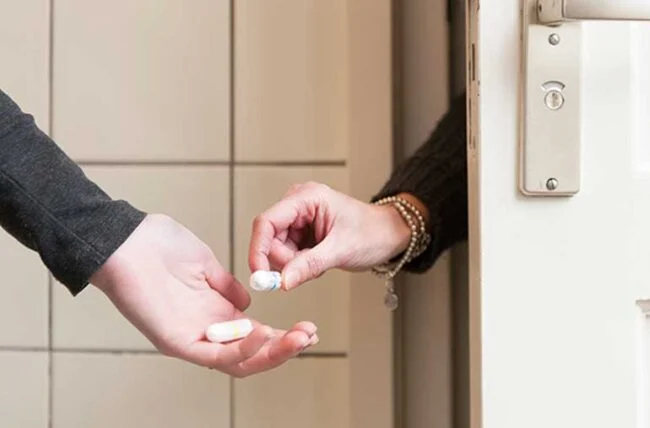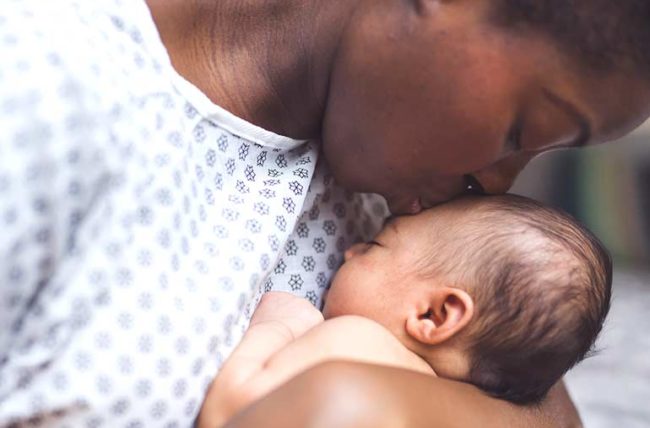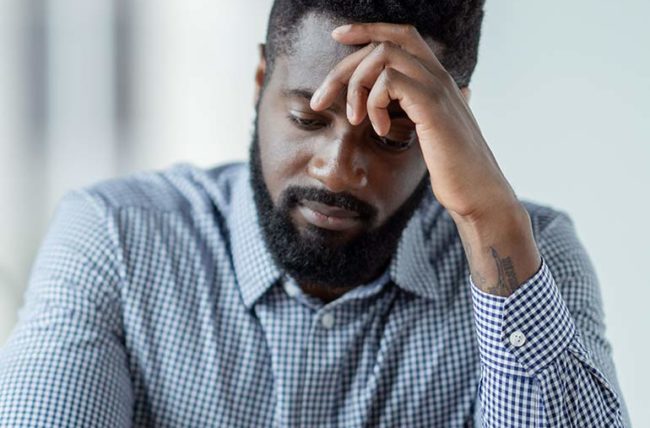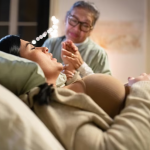It’s amazing how fast things can change with babies. The next day, it’s all about swaddles, burp cloths, and tummytime. Before you know it they are crawling about trying to drink from the water bowl of your dog.
Baby’s reach new Milestones quicker than you can say This is one for the babybook. While you’re searching for a pencil, you may also want to grab a small screwdriver. As your baby grows more mobile, this is a sign that you should lower the crib.
Pediatrician Laura O’Connor MD says that lowering the crib doesn’t really depend on age but rather your baby’s ability. The lower you should set the crib, the more mobile your child becomes.
How will you know the correct time to lower your crib mattress if you cannot plan it on your calendar? Dr. O’Connor offers some advice on what to look out for.
How to lower the crib mattress
Back in the day, cots with drop down sides was all the rage. They’ve been banned because they can cause serious injuries or even death.
The mattress in most cribs today can be adjusted to a high, middle or low position. This is for the safety of both parents and babies.
Imagine that if your baby’s crib mattress is below your knees you would have to reach down very low to put them in their bed. It would be nearly impossible to remove them without crawling yourself. Don’t do it. It’s not designed to support an adult.
A baby that can stand could fall if the mattress is only a few inch below the crib rail.
It can be confusing to have so many different settings for height. Your little one will be safe in their crib. This crib reference guide from Dr. O’Connor will help you to avoid any guesswork.
| Developmental Stage | Sleeping arrangement | Age approximation |
| Newborn. | The highest setting on a bassinet or crib. | Under 4 months |
| Baby who can rollover. | Crib’s highest position. | Four months old. |
| Baby who is able to sit up, “commando-crawl” or get on their hands and Knees. | Crib’s middle position. | 6 months old. |
| Baby who can pull up or stand on their own. | Cribs’ lowest setting | 9 months old. |
| If your baby can climb out of his crib or is no longer a crib-sized infant, you should consider changing the crib. | Big-kid bed. | From 18 months up to approximately 3 years of age. |
If you don’t have your manual, consult the instructions for your crib to find out how to lower it. If you cannot find it, most manufacturers offer them online. Make sure all screws are tightened securely.
Highest crib setting
Dr. O’Connor advises that if your baby has been sleeping in a cradle, you should move them to a crib when they are able to roll over. Around 4 months is when most babies start rolling over.
Bassinets come with different weight and height restrictions. If your child isn’t rolling yet, but has reached the maximum weight or height for the bassinet it’s best to switch to a crib.
If your baby is unable to sit up, the highest setting of your crib should be used.
O’Connor explains that because infants have such little control over their body, it is important to avoid bending too far when laying them down or picking them up.
Middle crib set
Other mobility milestones follow quickly after the baby rolls over. With baby’s new movements comes another change in crib height.
Dr. O’Connor suggests that you move the crib mattress down to the middle level before your child can crawl. When your baby begins to crawl, you should move the crib lower.
- Sit on their own.
- Crawl in a “commando-style” crawl (inch forward with your arms while laying on your belly).
- Crawl on your hands and knees.
These milestones are usually reached by babies around six months of age. These milestones may arrive earlier than you think.
Lowest crib set
Standing up and walking is probably one of the two most exciting milestones for your baby in his first year. They’re also signs that the crib should be lowered one last time.
Dr. O’Connor says that by the time a baby is able to stand or can pull themselves up on their own, his crib should be set at its lowest position. If the mattress of the crib is too high, there’s a risk that your baby will fall.
Some babies will start standing up by pulling themselves up with furniture or whatever is handy, like your leg. The rails of their crib are perfect for helping them stand up.
Even if your child hasn’t stood up yet, any movement is a sign it’s time for you to lower the mattress in the crib.
Sleep sacks and other swaddles can make you feel secure, but they are not the best option. They can make it harder to stand. Even with the sleep sack, your baby may still try to stand. If your baby can stand up without a sleep sack and is able to do so, then it’s the right time to lower the crib as low as possible.
It’s time for a new bed for big kids
Dr. O’Connor suggests that the crib can remain in its lowest position for a period of time after it reaches this point. Most toddlers will sleep in a crib for at least 18 month. Some toddlers may not be ready to switch to a toddler’s bed for a while after their third birthday.
The American Academy of Pediatrics suggests that toddlers should move from a crib to a bed when:
- The 35-inch tallest are the smallest.
- When they are standing in their crib, the crib rail should be in line with their middle chest (nipples).
- The baby climbs out of the crib.
If your child is climbing out of the crib, or has outgrown their crib and it is causing a hazardous situation, then it’s time for you to switch to a bed. If you’re not sure, Dr. O’Connor suggests waiting a little while before moving to a bed. “Beds bring a great deal of autonomy and responsibility to your child. The longer you wait, the better it is for most people.”
Safety first
It’s important to remember that crib height is only one aspect of ensuring your baby sleeps in a safe environment. You should also follow these other sleep safety practices in the first year of your baby’s life.
- Use the firmer side of the crib mattress.
- Keep soft items such as pillows, blankets and stuffed animals out of the crib.
- Use only crib bumpers.
- Sleep your baby on his or her back.
- Do not share your bed when you have a baby.
You should speak with your child’s doctor if you have questions about crib safety. You can learn how to keep your child safe while he or she is sleeping.






















